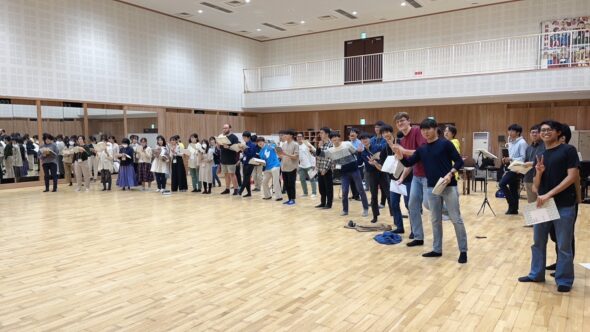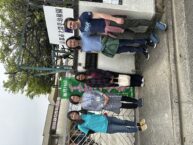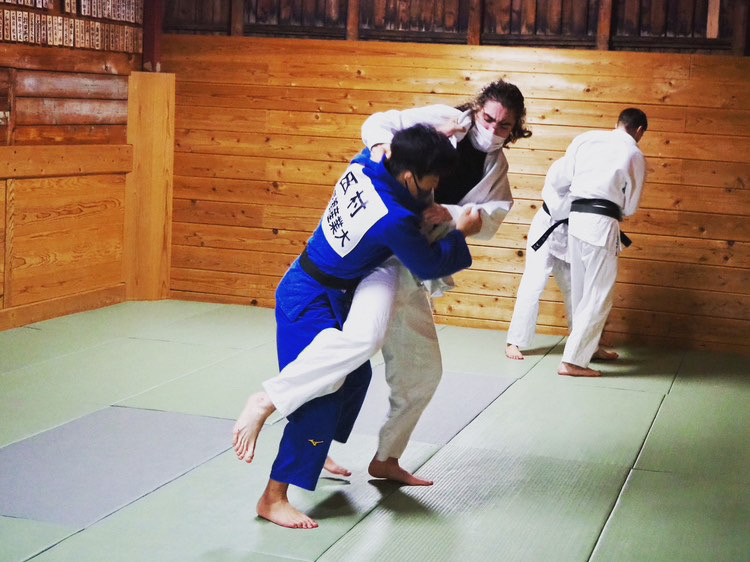For my CIP activity I joined a film club at Kyoto University called “雪だるまプロ.” I have experience working on film sets, so I was hoping that I could use my technical knowledge to make some lasting friendships with Japanese people who share my interests.
Since I joined at the beginning of Kyoto University’s spring break, it took a little while for the club to start making any films; the members where engaged in final exams for the first few weeks I attended their meetings. However, I did finally get to work on one upperclassman’s film set and was offered the role of sound recorder right off the bat. The club’s weekly meetings were usually very short, and I found it difficult to talk to the few members who showed up. However, the set dynamic was much more relaxed, and I was able to interact with people more easily. I definitely felt like part of the team when I could contribute my skills and work with the other members to create a film.
Although I only got to participate in my CIP for about two months due to the unfortunate spread of the Coronavirus, I think I had a very valuable experience. I learned a lot about the differences in how a Japanese film set is run, and was able to develop a Japanese vocabulary pertaining to film terms and equipment; for example, lights (照明), shotgun mic (ガンマイク), and storyboard (絵コンテ) were all words members often used. To my surprise, the club did not begin a take with the classic “lights, camera, action!” directive, but instead started filming after recording the sound file number and counting down following an exclamation of “演技おおい!” I also got to practice operating sound on set, which is something I did not have a lot of experience doing before I arrived in Japan.
While I would say that overall my CIP experience was positive, I had some trouble with this group at the beginning and considered switching activities. My first interaction with the club was very welcoming; I was shown the clubroom and two club members asked me out to dinner with them. However, by the second meeting I felt like that initial interest had altogether vanished, and I spent what short time of the weekly meetings I could trying to get other people to interact with me without coming off as creepy. I usually managed to hold a short conversation with one or two people each meeting, but it was stressful to be the only one asking questions. I decided to stick it out until the first film shoot, and my experience drastically improved once I was able to demonstrate my abilities by participating on set, but for a while I had a pretty isolating experience.
My advice to subsequent students would be to find a group with members who seem genuinely interested in you. If you are not able to make connections within the first few meetings, try a different activity. Your time at KCJS is not nearly as long as you think it is, and ultimately, I think it is more beneficial to find a group that facilitates your ability to practice your Japanese rather than an activity that is directly in line with your interests. In the end, I was disappointed that we were called back from our study abroad just when I was starting to build relationships with my peers in the club. If I had had more time, I think I would have had an even more rewarding experience.
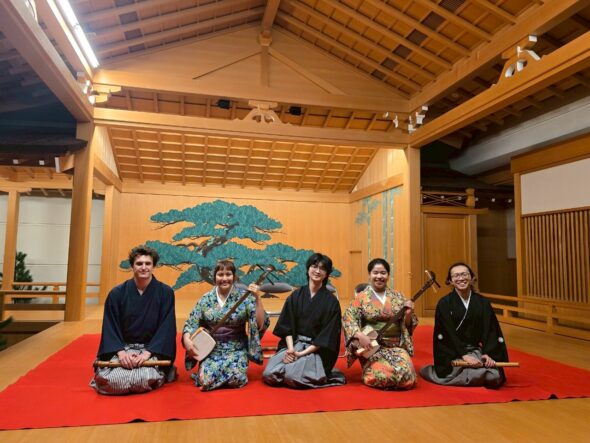

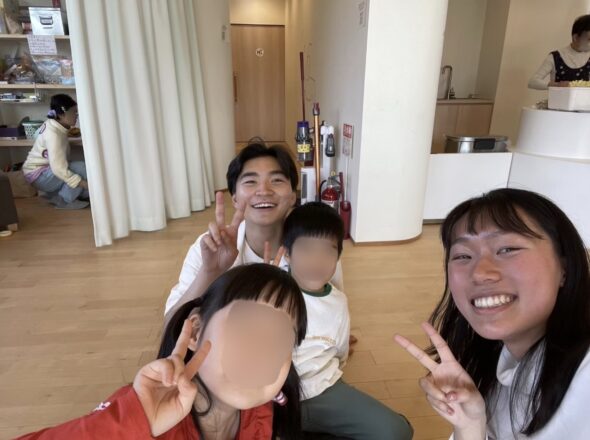
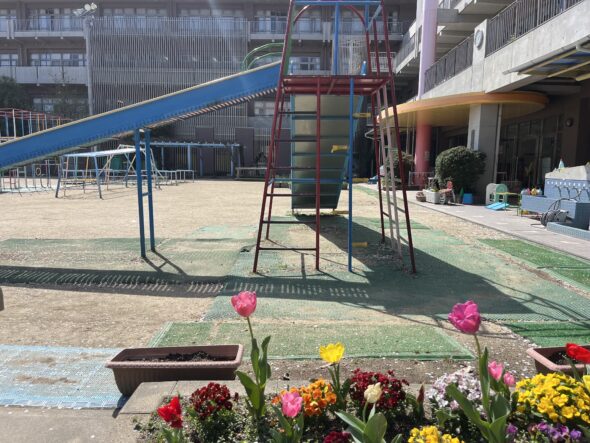
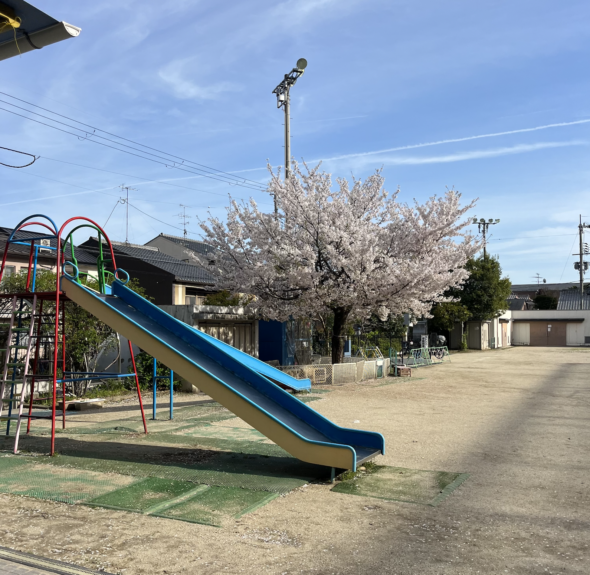
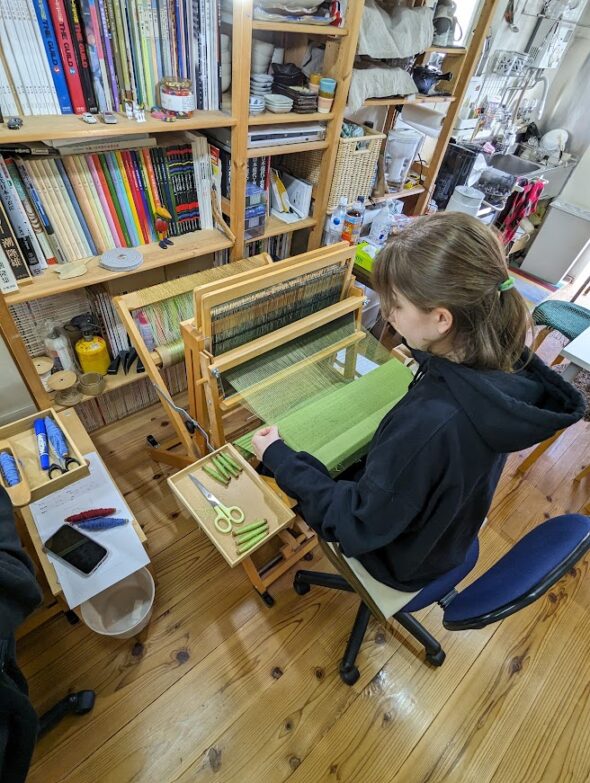
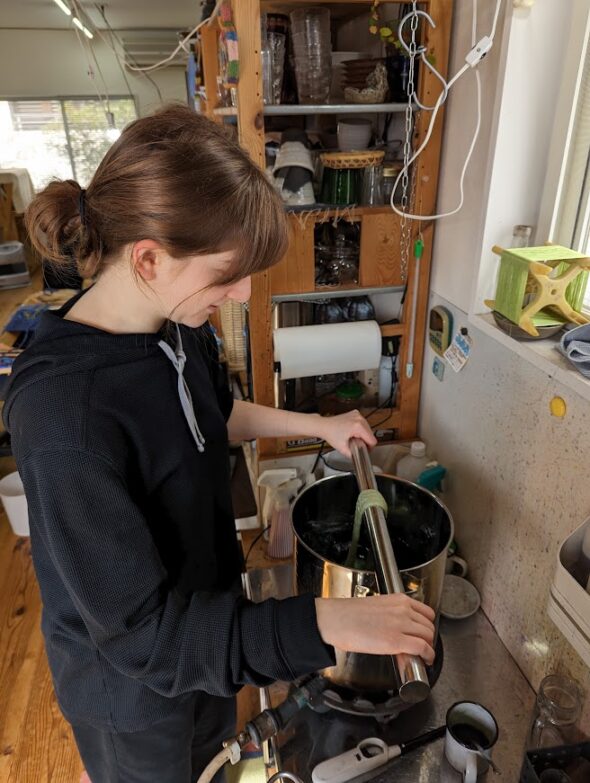
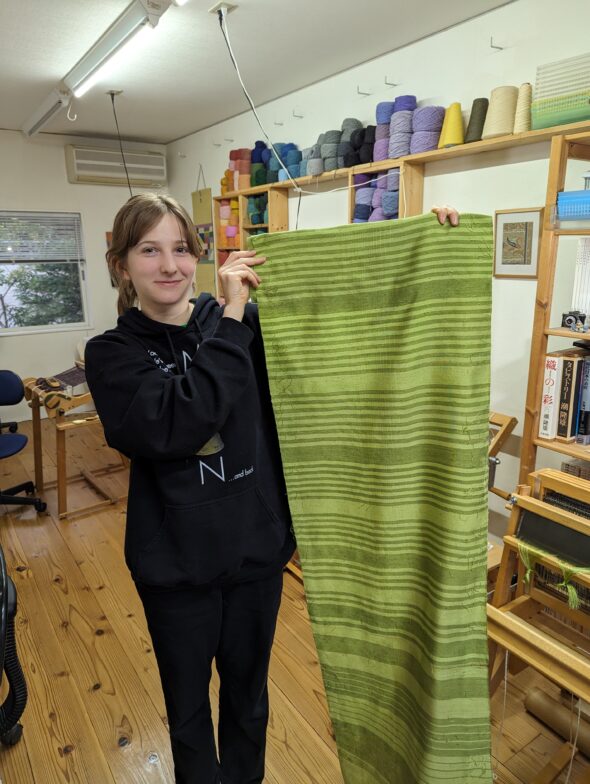 For CIP I took weaving lessons with 河崎先生 and ゆり様. I learned to weave on the loom, develop my ideas into physical form, dye threads, etc. – creating 6 projects this semester (3 scarfs, two mats, and a wall piece). Having this time with 河崎先生 and ゆり様 has left me with much more than a new skill set – I have gained confidence in unfamiliar territory and have grown in my ability to enjoy the present. When I look back on this time and at the pieces I made I will be thinking of the laughs shared and enjoyment in problem solving that I experienced with 河崎先生 and ゆり様.
For CIP I took weaving lessons with 河崎先生 and ゆり様. I learned to weave on the loom, develop my ideas into physical form, dye threads, etc. – creating 6 projects this semester (3 scarfs, two mats, and a wall piece). Having this time with 河崎先生 and ゆり様 has left me with much more than a new skill set – I have gained confidence in unfamiliar territory and have grown in my ability to enjoy the present. When I look back on this time and at the pieces I made I will be thinking of the laughs shared and enjoyment in problem solving that I experienced with 河崎先生 and ゆり様. 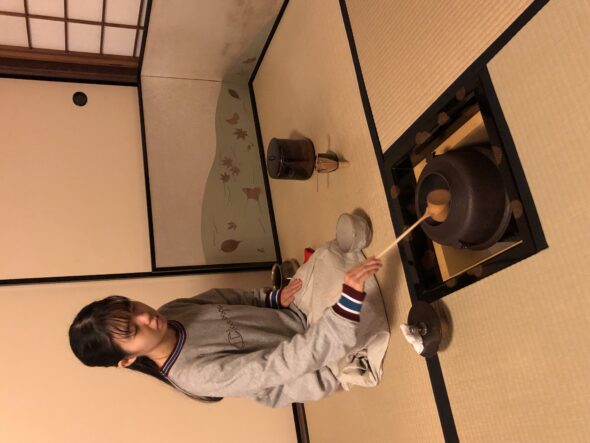 For my Community Involvement Project (CIP), I learned Japanese tea ceremony at 幽静庵 (yuseian), which is a tea room that was designed by 井口海仙宗匠 (Iguchi Kaisen), the brother of the 14th Urasenke Grandmaster 淡々斎御家元 (Tantansai). At the 幽静庵, I had many precious experiences, including learning various tea preparation procedures (お点前, otemae) and participating in a special ceremony to celebrate the change of season called 口切 (kuchikiri).
For my Community Involvement Project (CIP), I learned Japanese tea ceremony at 幽静庵 (yuseian), which is a tea room that was designed by 井口海仙宗匠 (Iguchi Kaisen), the brother of the 14th Urasenke Grandmaster 淡々斎御家元 (Tantansai). At the 幽静庵, I had many precious experiences, including learning various tea preparation procedures (お点前, otemae) and participating in a special ceremony to celebrate the change of season called 口切 (kuchikiri).